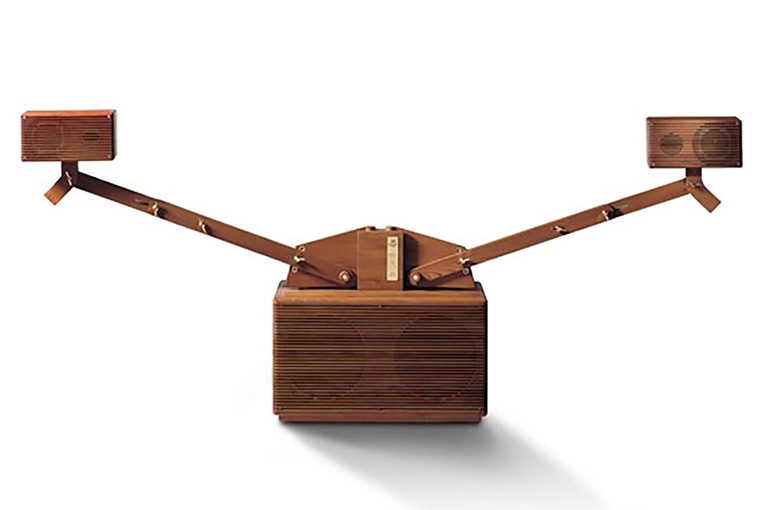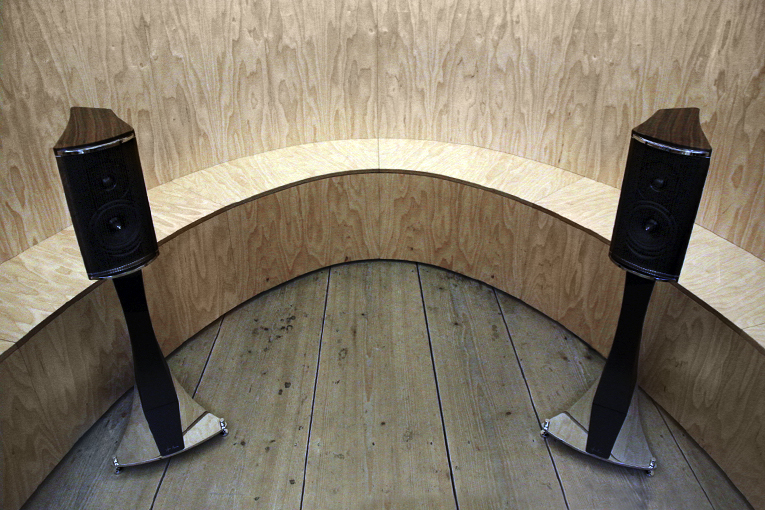 As one grows older and witnesses the passing of one’s mentors, there’s a sense of deprivation not a million miles removed from the loss of a parent. No mentor, however influential, can provide the same impact as those who brought you up from birth to adulthood, but the specificity of a mentor’s guidance in his or her area of expertise can attain similar importance to, say, your mother teaching you how to roast a chicken, or your father showing you how to get that dimple in your necktie.
As one grows older and witnesses the passing of one’s mentors, there’s a sense of deprivation not a million miles removed from the loss of a parent. No mentor, however influential, can provide the same impact as those who brought you up from birth to adulthood, but the specificity of a mentor’s guidance in his or her area of expertise can attain similar importance to, say, your mother teaching you how to roast a chicken, or your father showing you how to get that dimple in your necktie.
Franco Serblin taught me about much more than sound. Our conversations covered myriad topics, from the finer points of language -- the nuances fascinated him -- to the sounds of varying concert halls to how one alters perception with a line or a curve. I never failed to learn something from Franco, not least when he helped me with the vagaries of the Italian language, like the correct plural for “osso” or which syllable to emphasise in “cronografo.”
 Franco Serblin
Franco Serblin
I wasn’t the sole benefactor of his piercing intelligence, his wisdom nor his vision. Indeed, he taught -- singlehandedly -- the entire industry how to make loudspeakers presentable to normal people. At a time when nearly every speaker builder has eschewed boring boxes, it’s easy to forget the era when cubist visual abominations dominated hi-fi. Google “hi-fi shop circa 1975,” and I’ll wager up will pop a wall of brown rectangles. Aside from the odd panel, they could have been factories for pet coffins.
Sonus Faber arrived in the 1980s, and it was like the time colour TV replaced black-and-white, stereo supplanted mono, or word processors killed off the typewriter. While there remain hold-outs, most speaker builders have, at the very least, rounded off the sharp corners, curved or chamfered the edges, and created grilles that are neither as dull as mere stretched fabric nor as cheesy as reticulated foam. (The latter, too, had an unanticipated shelf-life. Try finding mid-1970s JBLs or JR149s where the foam hasn’t decomposed.)
Franco Serblin applied the elegance of his own lifestyle to the looks of his loudspeakers -- and the occasional amplifier, it must be recalled. While sound came first and presentation a close second, the attitude was unmistakably a manifestation of the man. This was true of other innovators: if you ever met Alastair Robertson-Aikman, you would understand the precision and clarity of SME tonearms and turntables. Spend an hour with Dan D’Agostino, and you will know why his amplifiers are built like military matériel, with power to spare.
With Franco, precision, too, was crucial. He would contact me from time to time to proofread the English translations of his company’s literature, which originated in Italian. He would suggest and consider alternatives to single words with the same attentiveness as Flaubert. Natty attire, ever appropriate, even when dressed casually, his look suggested the embodiment of the Italian concern with “la bella figura,” but without pretence. In this regard, he had the natural poise of a David Niven or Gianni Agnelli.
Why are these non-audio qualities important? Simple: he changed hi-fi forever, as cited above, but everything was a product of his worldview, his comportment, his generosity of spirit. The Serblin philosophy, as it pertains to sonic performance, may be narrow vis-à-vis sound -- one of his overriding obsessions was soundstage recreation above other concerns -- but his attitude about the physical presence of the speaker in the room was revolutionary. Nothing prepared all of those hidebound, geeky, unimaginative, ultra-conservative speaker designers for the arrival of his first designs -- and I don’t mean the radical Snail.
That speaker presaged the later invasion of central subwoofers and small satellite speakers, which are now a norm for everyone from Bose to Sonos and which were sired in part by home cinema. The Snail, however, was too large, too complex to be anything other than a breathtaking exercise in what could be done to resolve the modern move toward small speakers, while maintaining bass.
 The Snail
The Snail
Inspiring the current Sf16 all-in-one table-top design some decades later, Sonus Faber’s original Snail took the form of a subwoofer in a box with two long, wooden arms extending outward, with a small speaker attached to each. How many were produced I don't know, but collectors seek them out the way Japanese enthusiasts initiate lifelong quests to find mint examples of the equally radical JBL Paragon.
It was followed by a flood of designs, including the Electa Amator, the Minima, the Guarneri, the Extrema, and too many more to list, that -- it must be said -- humiliated the rest of the industry into creating speaker enclosures which were more appealing than the cubist affairs that suited studios, where function always trumps form. I recall during my days in retail the sickeningly regular whining and kvetching of the stereotypical wife who wished to stop her husband from “putting those things in my/our living room.” But, with hindsight, who could blame them?
 Franco Serblin Accordos on display in Salzburg (photo courtesy Mono and Stereo)
Franco Serblin Accordos on display in Salzburg (photo courtesy Mono and Stereo)
With the benefit of hindsight, only a true churl would deny the achievement of Franco’s revolutionary contribution to speaker design. After he parted from Sonus Faber, he founded his eponymous brand, which has produced the Ktêma, Accordo, and Lignea -- all radical and original and unlike anything else on the market.
 Massimiliano Favella (photo courtesy Mono and Stereo)
Massimiliano Favella (photo courtesy Mono and Stereo)
Sadly, Franco passed away in March 2013. His son-in-law, Massimiliano Favella, has kept the brand alive, choosing to mark the fifth anniversary of Franco’s death with the presentation of a pair of Accordos to the Mozarteum in Salzburg on 10 April. They will remain on permanent display, providing visitors with a taste of Mozart in a dedicated listening room. To the delight of all, and reaffirming Franco’s intuitive eye for a form that complemented sound, came a divine coincidence: the listening room enjoys the exact same shape as a Sonus Faber Guarneri.
. . . Ken Kessler
kenk@soundstagenetwork.com






















